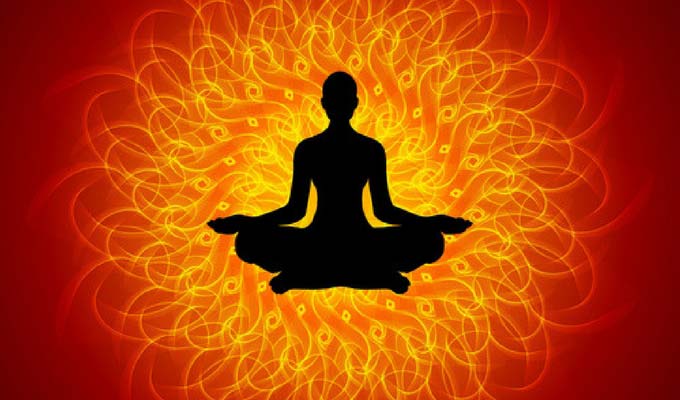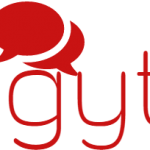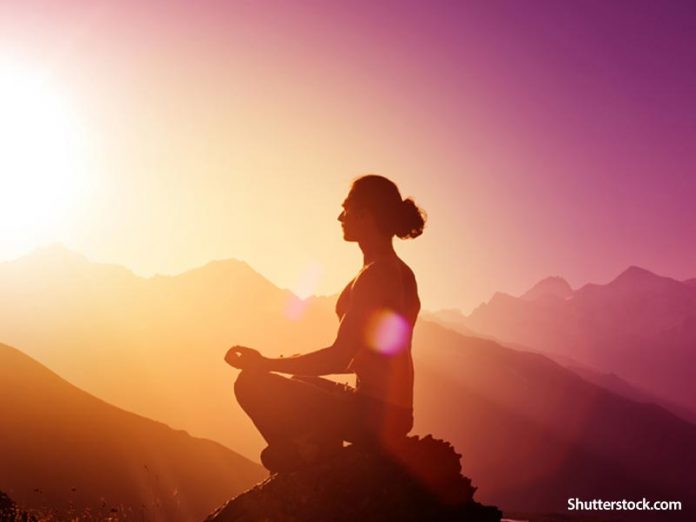Energy healing techniques – Anger is an emotion or energy that can be constructive or destructive. It is constructive when it guides one towards creating positive change such as exploding with rage at the man beating his dog in order to make him stop immediately. It is more often destructive when it interferes with the normal activities of life such as raging while driving during rush hour. It is negative when it destroys concentration and causes others pain. It is negative when it balloons up inside with unexpressed rage producing headaches, injury, and lack of sleep.
Kundalini Yoga Offers Energy Healing Techniques to Release the Energy of Anger
Kundalini Yoga, a spiritual yoga practice of consciousness, is about the body and the surrounding inner and outer energy. Releasing tension through deep inhalations and exhalations is a hallmark of yoga. Joining in on “om,” the universal sound of earth’s vibrations can be liberating in its primitive release.
The postures themselves with their studied stillness and release, move with the breath to relieve anger or tension associated with the pent up rage. Focusing inward, concentrating on the here and now obliterates the anger. Gradually the body and mind cannot reach the degree of anger initially expelled.
For example, practice controlled breathing while lying supine with clenched fists punching straight-armed into the air, the inhale returns the arm with the fist clenched to the chest. A set of 3 each, for 3 times with each arm is a brief activity utilizing internal energy into the external environmental energy.
Simple Kundalini Asanas (Postures) for Anger Relief
The Breath of Fire

Proper cleansing breathing is fundamental to all yoga. Inhale to expand the chest, then deflate the chest with a prolonged exhale. This is repeated for several minutes. It is more productive than the proverbial counting to 10 before audibly exploding because the body and its essence are involved, not simply the anxious mind. The language of breathing is universal.
Cat-Cow
On hands and knees, the back is first arched with inhalation, the cow. Exhaling, the stomach contracts toward the back and the back arches into cat pose. Done languidly, holding breaths for 5 seconds this is spinal stretching and releases emotional toxins with expelled breaths.
Neck Rolls
Relax the jaw by opening the mouth slightly. Let the neck relax by allowing the chin to drop toward the chest. Then move the head sideways with the right ear toward the right shoulder. Gradually move the head back until glancing skyward, then continue toward the left ear and left shoulder until back to the start with the bowed head and chin toward chest. Inhale and exhale audibly while slowly rotating the neck done in both directions.
Shivasana (Corpse pose): A Relaxation of Mind and Body
A good yoga instructor will adjust each student’s head and neck and feet into this resting pose. By adjusting the legs downward and turning them slightly outward and holding the neck passively up and out, physical tension is released. A scented eye bag closes out the environment while gentle manual pressure to the center brow releases muscle tension. It is impossible to maintain or create this pose in anger since its physical and mental state preclude the tension of anger or rage. It becomes a learned position in energy healing techniques.
The motions, breathing, and embedded memories from yoga sessions repeat themselves eventually altering pathways of anger.
Kundalini Yoga and Yogi Bhajan

Kundalini Yoga, brought to the West by Yogi Bhajan in 1968, is considered the most powerful of all twenty-two types of yoga. It is unique in that it combines dynamic and static movements with breath, sound and meditation to unlock our true potential. Working on all systems of the body to bring health, balance and energy, this yoga can be practiced by anyone.
Kundalini Yoga and Pranic Energy
Kundalini Yoga is known as the ‘yoga of the householder’: it is not about retreating from society to meditate in a cave, but about using yoga to uplift you to be the best you can be in all your daily doings, including your relationships with partners and children.
The word ‘kundalini’ refers to the latent potential that exists in each one of us. It literally means ‘the curl of the lock of the hair of the beloved’. Kundalini Yoga is about reaching the infinite from our finite bodies, using the tools passed down through thousands of years. Kundalini Awakening further discusses the experience of this latent energy.
Secret Discipline Brought to the Masses
For centuries this yoga was kept secret. Students had to go through rigorous tests to prove themselves before they could receive the wisdom from a ‘guru’, or master. Yogi Bhajan broke this exclusivity and angered many traditionalists by bringing the teachings to America in the late 1960’s. He believed that as our planet moves into the Aquarian Age, we can all access the teacher within, instead of looking for guru’s outside ourselves.
The Legacy of Yogi Bhajan and Cosmic Energy
Yogi Bhajan, born Harbhajan Singh, emphasised repeatedly that he came not to create disciples, but to create teachers. Yogi Bhajan began teaching young people in the heyday of the Sixties drug culture, recognising that their search for different states of consciousness reflected their desire to experience the infinite. Teaching schools have since sprung up all around the globe, and there are now hundreds of teachers providing opportunities to learn this sacred discipline.
From Guru’s to the Aquarian Age
The teachings of Kundalini Yoga explain that we live in an age in which we are severely tested, as our world goes through enormous changes on every level: economically, socially, morally and geographically. However, we have the tools at our disposal to rise to this challenge. Kundalini Yoga enables us to do this by stimulating the glandular systems and nervous system, giving us strength and a connection to our inner wisdom.
Sacred Science
Kundalini Yoga is not a religion. People of many different faiths practice it. It is, rather, a ‘sacred science’, or ‘technology’. Just as in the study of chemistry, it is necessary to believe in certain formulas in order to do experiments, Kundalini Yoga requires only a willingness to practice the techniques, which can allow the experience of one’s true, nfinite nature. One of the central mantras of Kundalini Yoga is ‘Sat Nam’, meaning ‘I am Truth’.
Kundalini Yoga is so much more than just a set of physical exercises. If you practice it, it will change your life. It will bring cosmic energy. The question is, are you ready?





